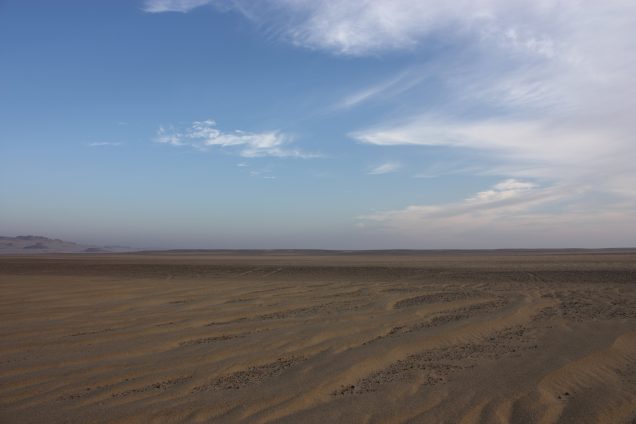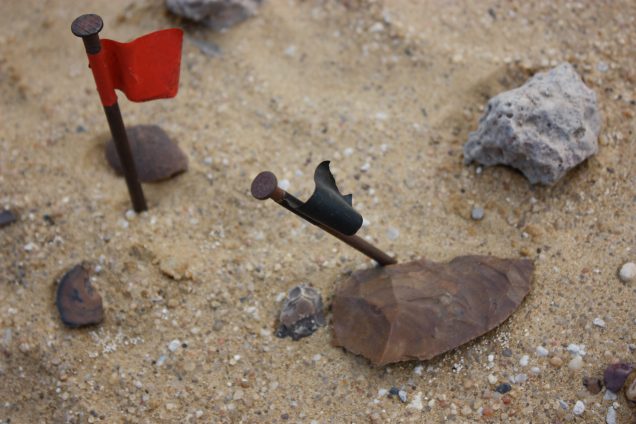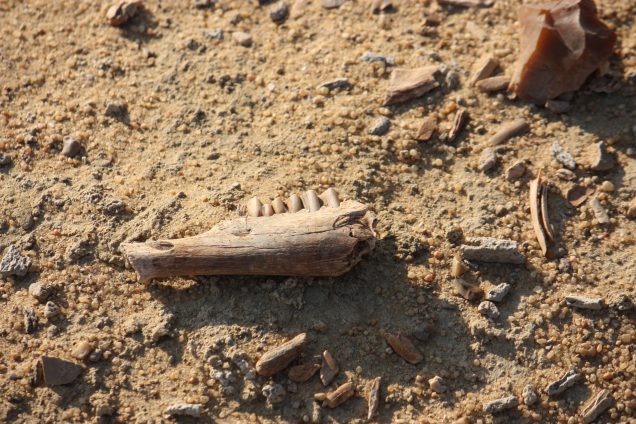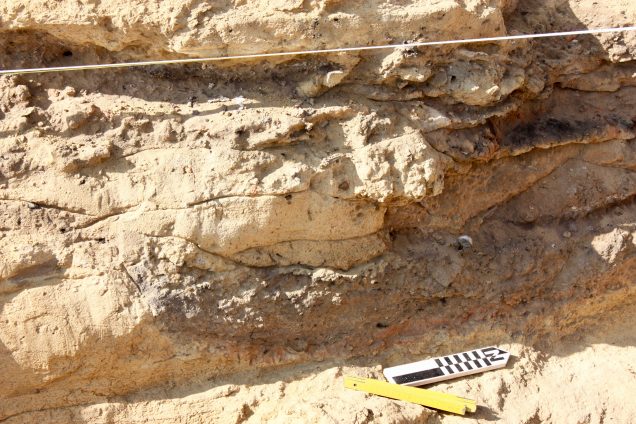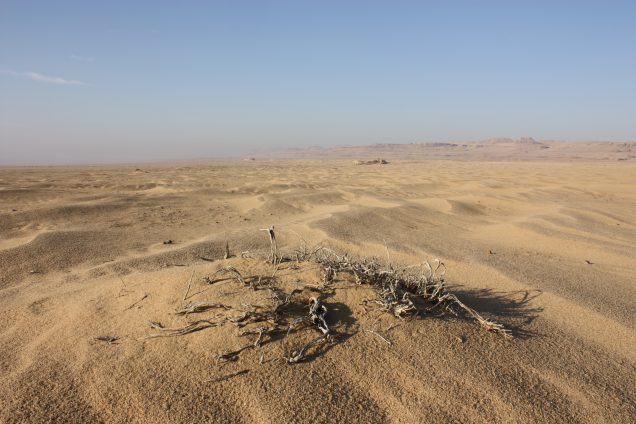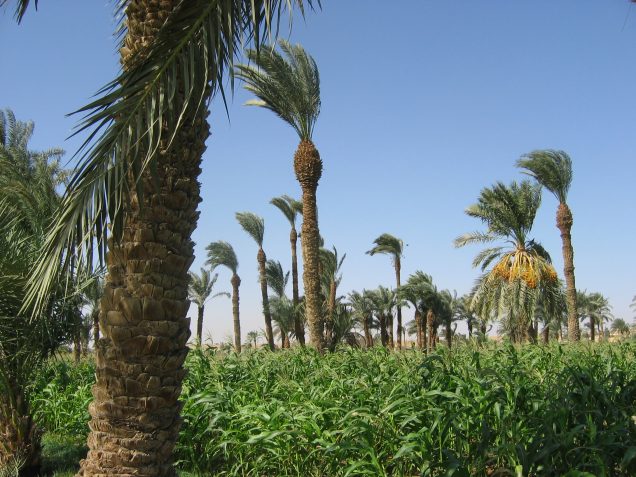Fayum
Project Overview
The URU (UCLA/RU Groningen/U Auckland) Fayum Project aims to explore long-term human impacts on the landscape of the Fayum basin in the Western Desert of Egypt. Now hyper-arid, vegetation of this region consisted of a savanna-like landscape when the area was first inhabited in the Early and Middle Holocene. The URU Project aims to investigate occupation of this region both before and after the desertification of the Sahara, with a focus on both “Epipaleolithic” and “Neolithic” lifeways as well as urban life under the Ptolemaic Kingdom and Roman Empire.
Specific research foci of the team include the timing and intensity of crop and animal husbandry, mobility, food storage, vegetation community reconstruction, and taphonomic impacts on current sites. In addition, the team works to preserve sites before they are destroyed by recent and ongoing agricultural expansion in the region.
Additional information is available on the project here.
Environmental Archaeology Lab Member Involvement
John M. Marston has directed wood charcoal analysis on the URU Project since 2007. In recent years, Nami Shin has joined the project in Egypt and conducted work at the Roman-era sites of Karanis and el-Qarah el-Hamra.
Related Publications
2017
Marston, John M., Simon J. Holdaway, and Willeke Wendrich. Early and Middle Holocene wood exploitation in the Fayum basin, Egypt. The Holocene 27:1812-1824.
2016
Willeke Wendrich, Rebecca Phillipps, Simon Holdaway, Veerle Linseele, Joshua Emmitt, John M. Marston, and Kim Duistermaat. 2017. “Kom K,” in The Desert Fayum Reinvestigated: The Early to Mid-Holocene Landscape Archaeology of the Fayum North Shore, Egypt. Edited by Simon Holdaway and Willeke Wenrich, pp. 165-212. Cotsen Institute of Archaeology Press, Los Angeles.
Related Presentations
2016
Marston, John M. “Woodland ecology and wood fuel use in the Epipaleolithic and early Neolithic Fayum, Egypt” Paper presented at the 39th Annual Conference of the Society of Ethnobiology
2014
Marston, John M., René Cappers, Veerle Linseele, Caroline Vermeeren, and Willeke Wendrich. “Archaeological perspectives on desert adaptation in the Roman Fayum, Egypt” Paper presented at the American Academy in Rome conference Diet and Environment in the Roman World, 2014

